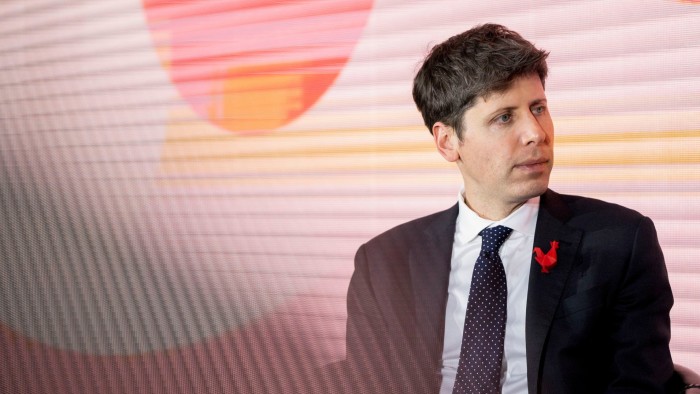AI-powered bionic limbs come at too high a cost for many
Sarah de Lagarde faced immediate change when she returned to work after losing the use of two limbs in an accident but, she says, the willingness of her employers to reintegrate her into office life was as important as the technology she now lives with.
De Lagarde, global head of corporate affairs at asset manager Janus Henderson Investors, became one of an estimated 60mn people living with amputation due to traumatic causes when she fell on the tracks in 2022 at the final stop on the London underground’s Northern Line. Two trains ran over her, severing her right arm and crushing her leg.
Before the accident, De Lagarde had a glorified view of prosthetics and amputees.
Her experience though living with bionic limbs has been one of struggles, costs and clinical trials. Rather than becoming “superhuman”, she discovered how “the reality is that this image can be quite misleading and we’re not done perfecting technologies or medical prosthetics”, she says.
The market for bionic limbs today is small and research is held back by a lack of user collaboration, data and disabled representation. Current prostheses are cumbersome, prompting many to abandon using them, the University of Utah said in a 2022 report.
De Lagarde is keen to test new prosthetic adaptations and give feedback. When her first bionic arm became too hot, heavy and short on battery life, she proposed some solutions.
She has since been adapting to a gel-lined sock attachment for her Ottobock-designed hand with a pinlock system, which means it slides on and off more smoothly and allows for better muscle movement detection.
However, replacements every six months, physiotherapy and weekly fittings take a mental and financial toll.

A UN study found that people with a disability represent the world’s largest, and fastest growing, minority. Globally, more than 2.5bn people need one or more assistive products, the World Health Organization said in a report last year, a figure that it estimates will rise by 1bn by 2050.
In the US, 5.6mn people experience limb loss or limb difference, according to the Amputee Coalition, a non-profit organisation.
AI-driven assistive technology is the power behind prosthetic limbs and transcription apps and promises to transform conditions for disabled staff worldwide.
Potential users and companies however face a steep price tag: Coapt Engineering, which makes the pattern-based control technology inside upper limb prosthetics, estimates a bionic hand can cost up to $45,000.
Jacob George, director of the University of Utah’s NeuroRobotics Lab, is helping develop a motorised limb covered with a silicone “skin”, which amputees can move with their thoughts.
The prosthetic, named the “Luke” arm after the robotic hand that Luke Skywalker receives in The Empire Strikes Back film, also restores a sense of touch.

The arm, sold by US-based Mobius Bionics for $200,000, and the Italian Institute of Technology’s “Hannes” hand have been heralded by researchers as the best AI assistive upper limbs on the market and in development.
The potential of these devices however is limited by the numbers produced: there are only eight Luke arms in use and 30 Hannes hands produced.
The arm, one of the few above-elbow options, picks up on neural signals rather than muscle ones.
AI helps to amplify this process in the residual limb and can decode motion patterns. The AI “may not be perfect”, says George, but “it’s still the human in the driver’s seat”.
Costs are likely to come down as more products come to market. Texan start-up Alt-Bionics predicts its clinical trial-stage Genesis prosthetic hand will cost $5,000, while established body-powered solutions such as the Becker hand typically cost less than $1,000.
Some caution about the technology. Britt H Young, a lecturer at the University of California, Berkeley, who was born without most of her left forearm, has become disillusioned with the high-tech versions of AI bionic limbs after years of trying different prosthetics.
Each new device demands significant relearning while potentially usurping simpler and cheaper but effective prostheses, which ultimately puts the “onus on disabled people to acquire them”, Young says.
She stopped using prosthetic arms in graduate school and is wary of AI. “Disabled people are invisible to the tech world,” she says, and are left out of the design process “because it is not profitable to include them”.
Indeed, the opportunity for bias when using and designing assistive technology is at the heart of the Research Institute for Disabled Consumers’ latest findings. Gordon McCullough, the institute’s chief executive, says its message is to “involve disabled people at the start, not the end”.
Advocating for assistive care to be “a basic human right” and for the ethical use of AI, De Lagarde sees a future where the two can work in tandem.
“It’s not a luxury to want an arm that functions,” she says. “These costs need to be democratised. Even if it’s a challenge, I think technology will be able to lower the costs.”






